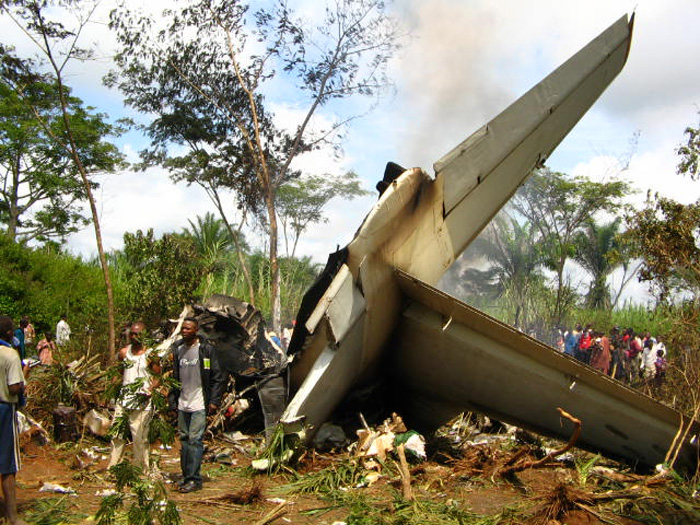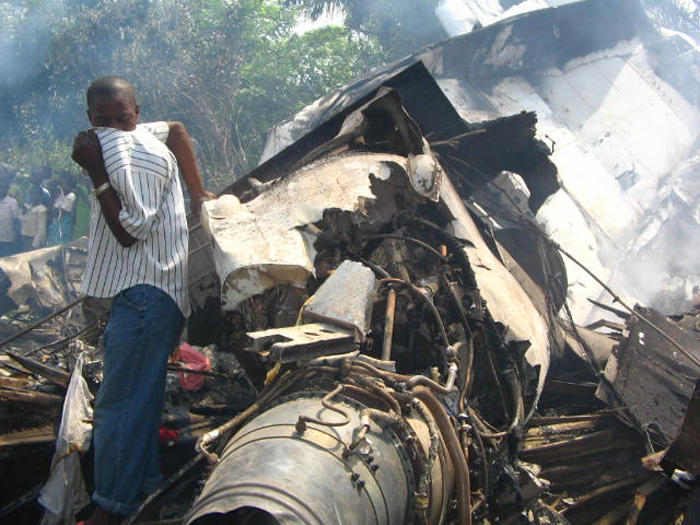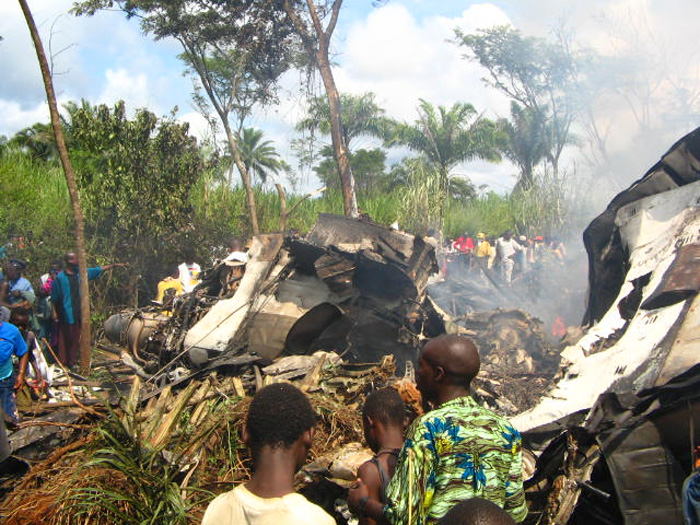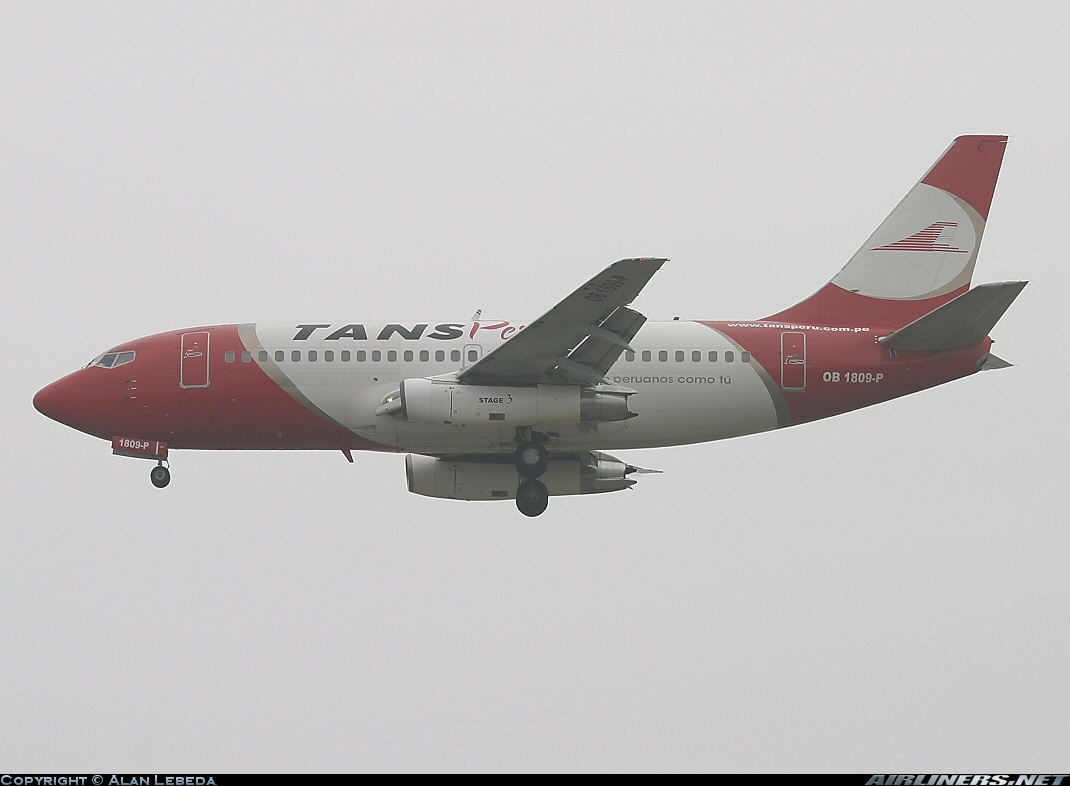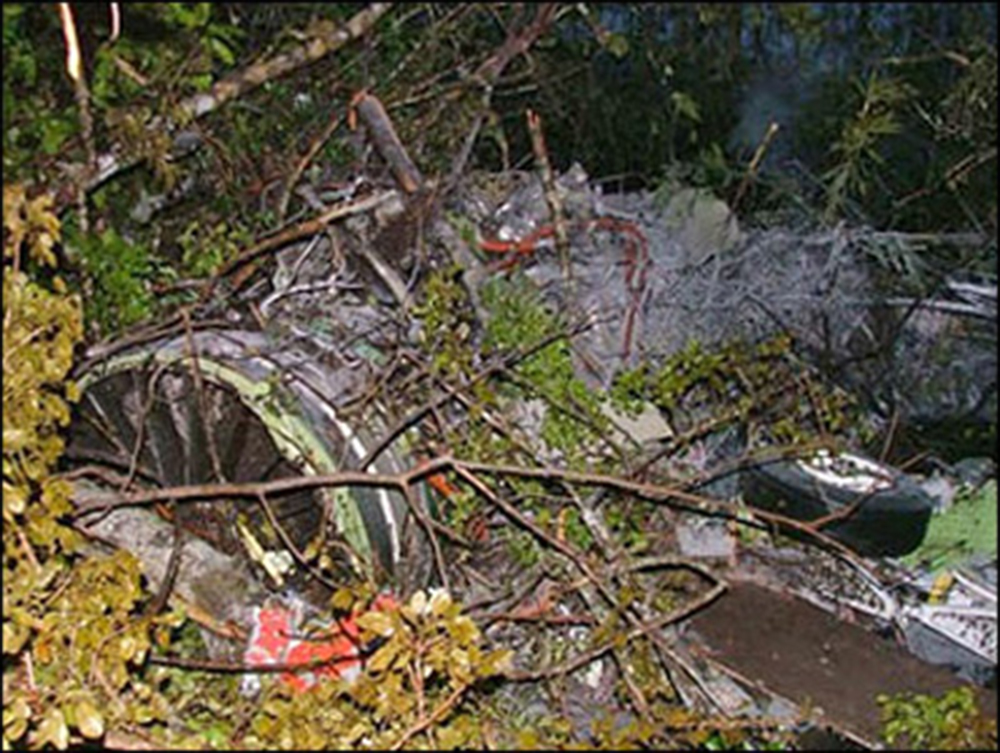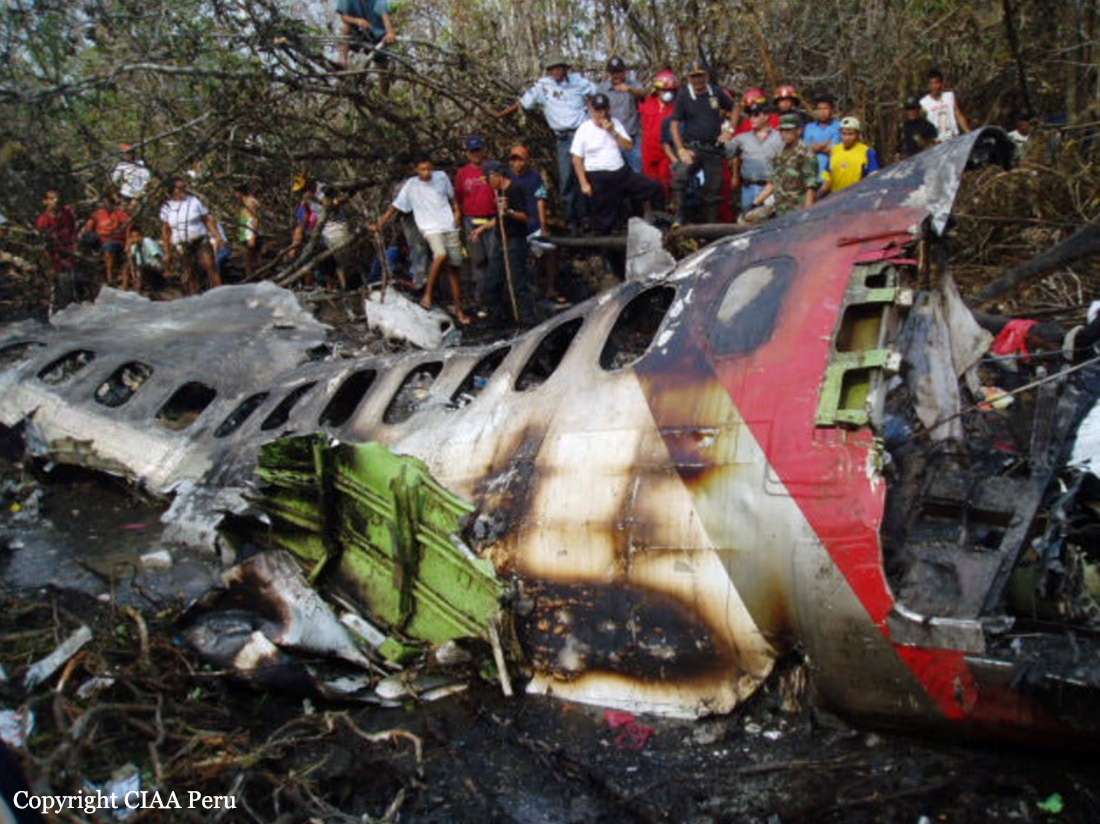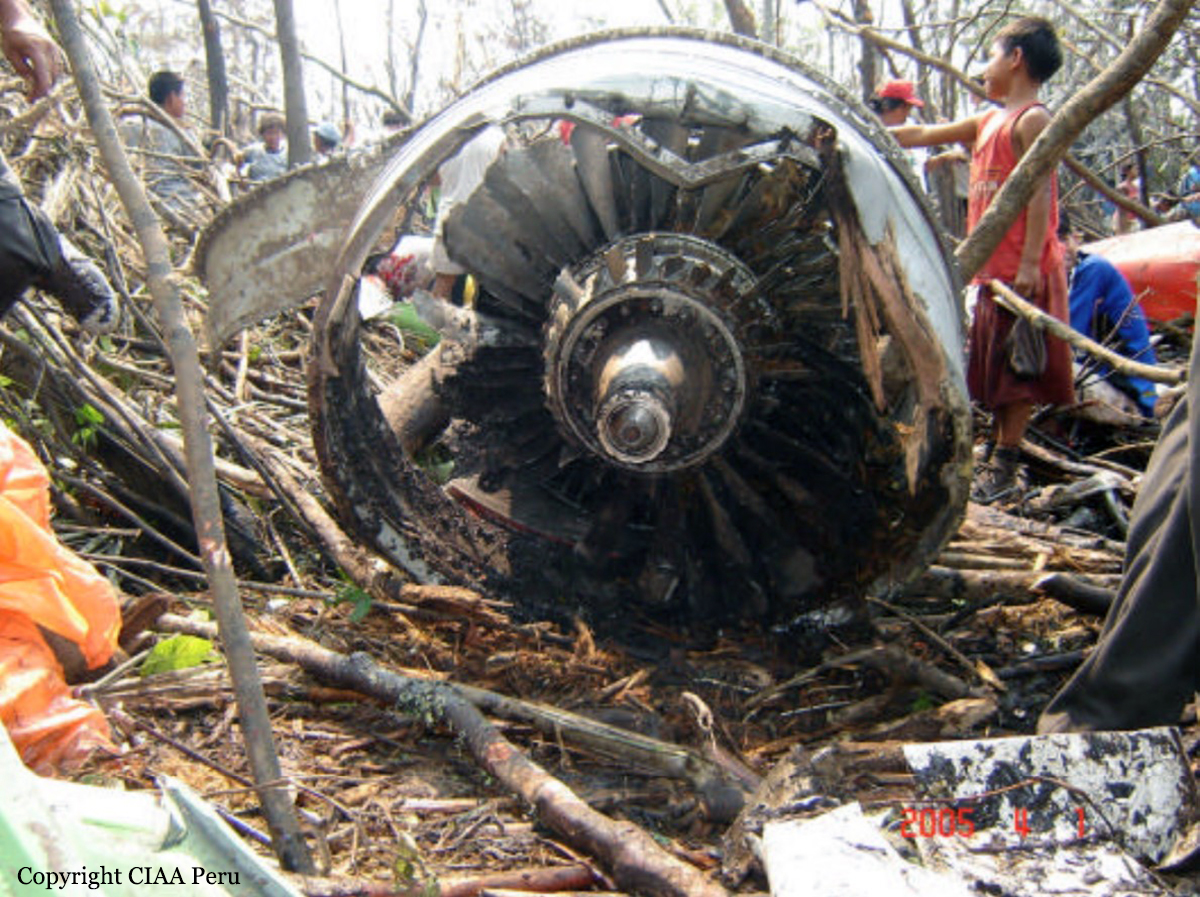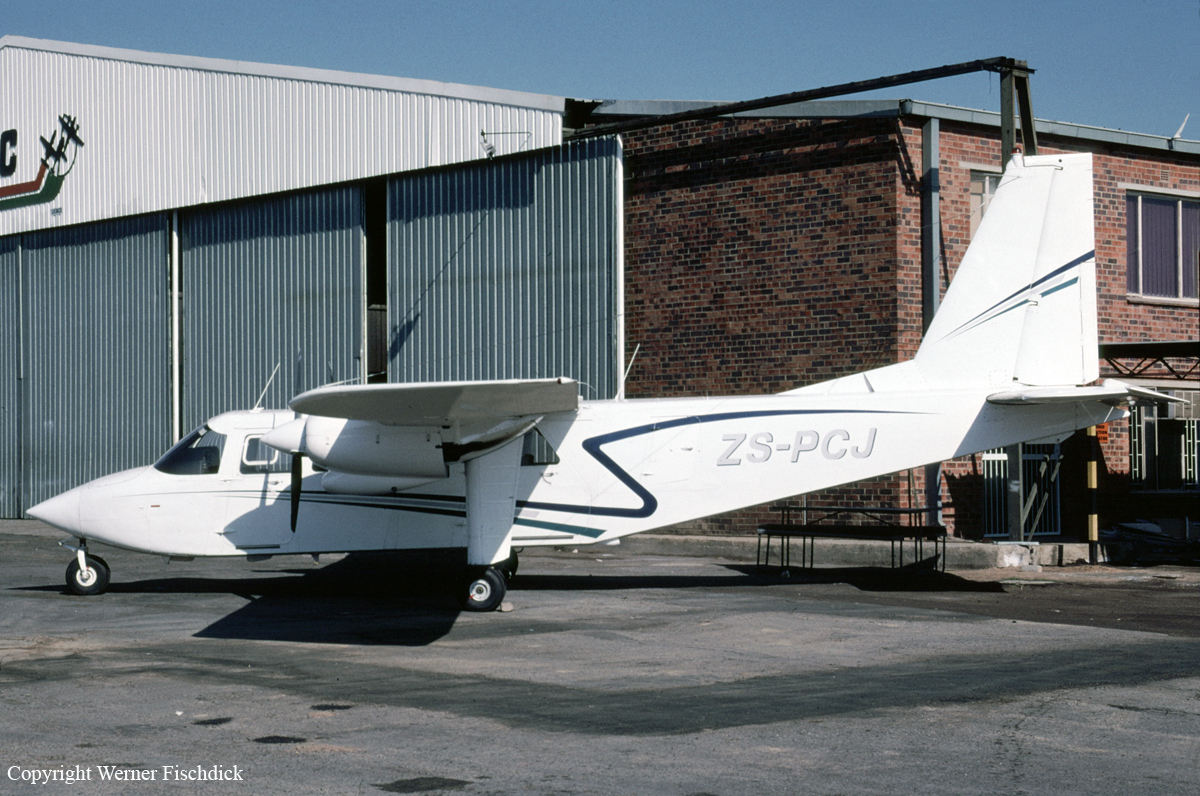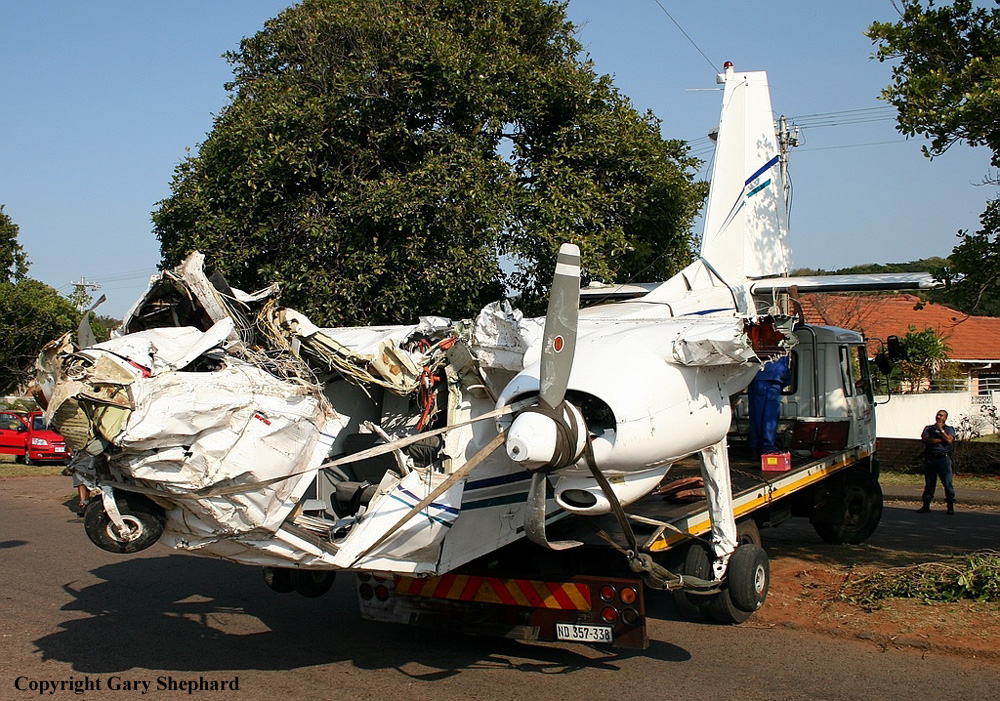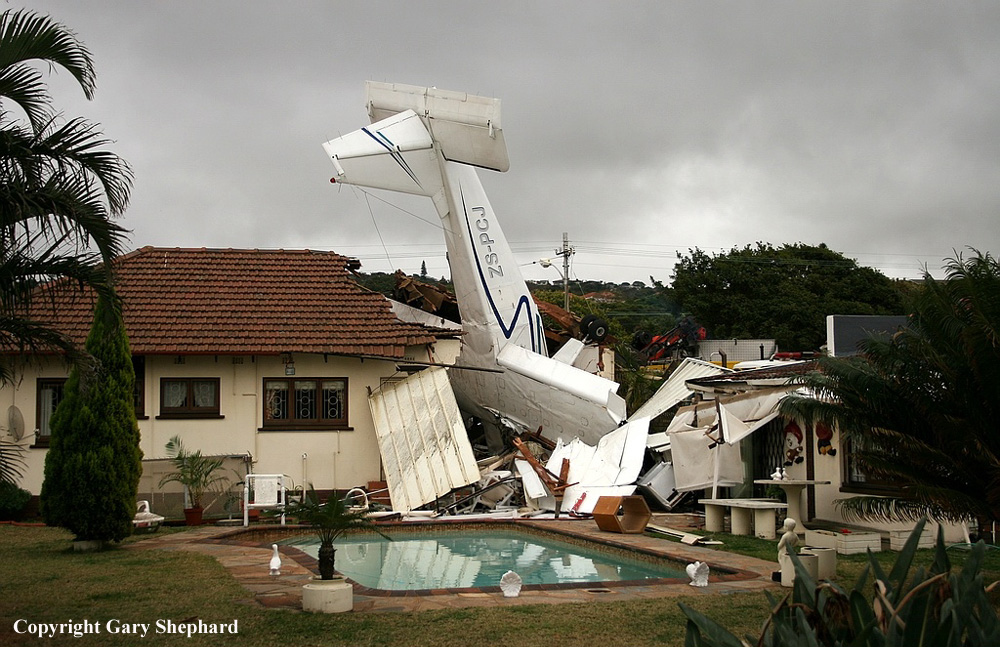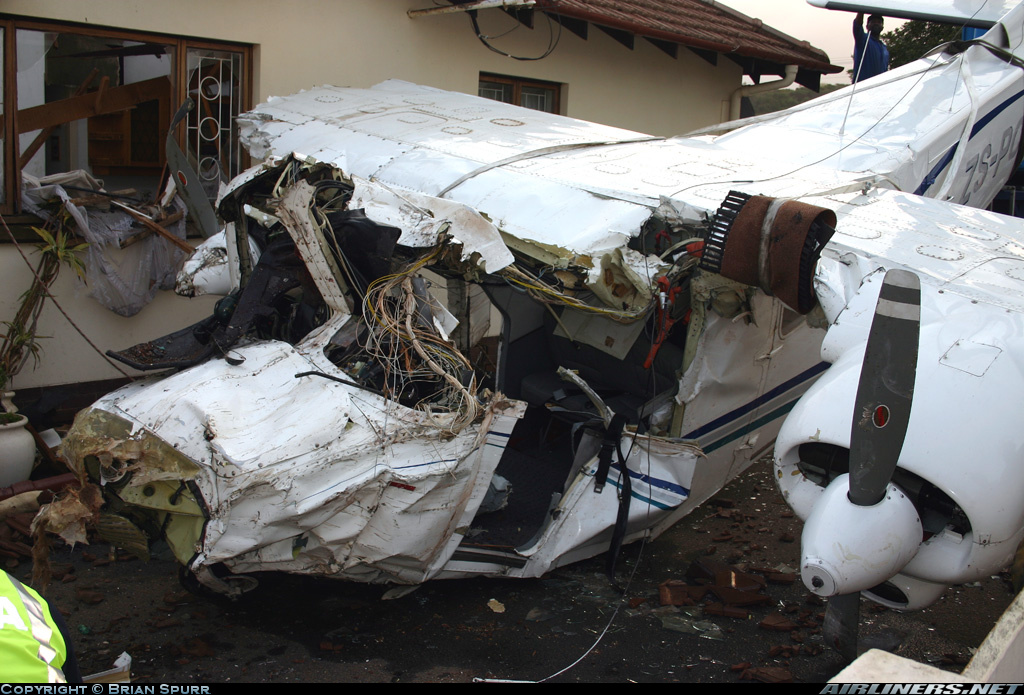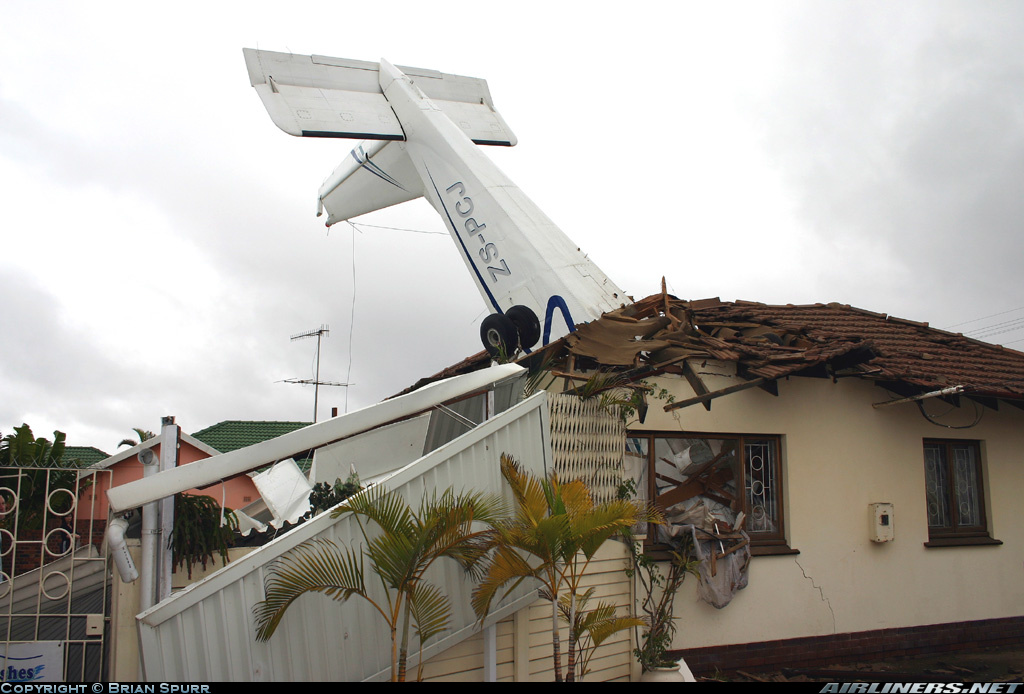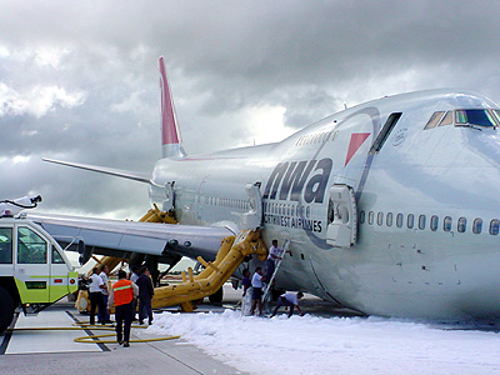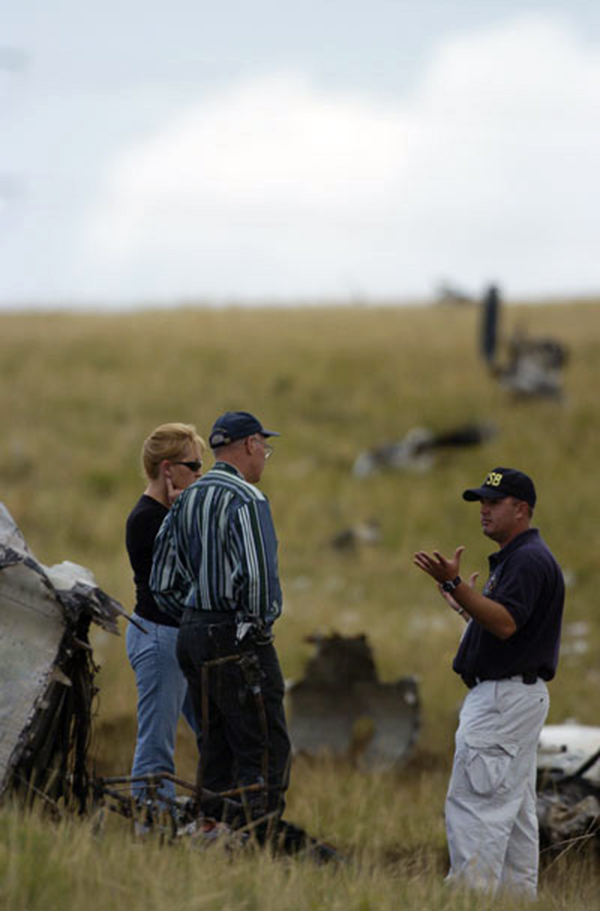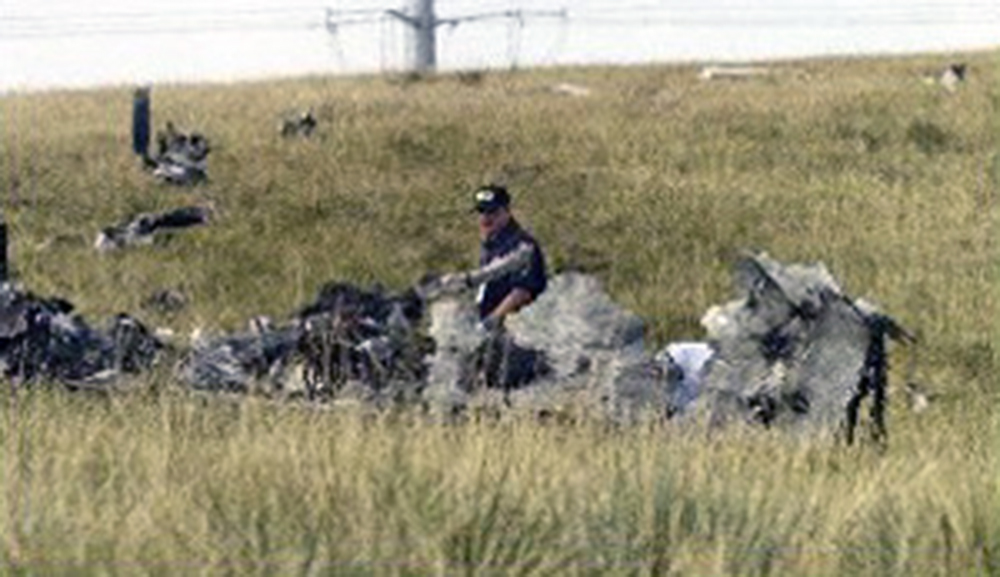Crash of a NAMC YS-11-500R in Mae Sot
Date & Time:
Sep 11, 2005 at 0900 LT
Registration:
HS-KVO
Survivors:
Yes
Schedule:
Bangkok – Mae Sot
MSN:
2116
YOM:
1969
Flight number:
VAP326
Crew on board:
4
Crew fatalities:
Pax on board:
24
Pax fatalities:
Other fatalities:
Total fatalities:
0
Circumstances:
The approach and landing at Mae Sot Airport were completed in rainy conditions. After touchdown, the aircraft was unable to stop within the remaining distance, collided with a fence and came to rest. All 28 occupants evacuated safely while the aircraft was damaged beyond repair.
Probable cause:
On final approach, the aircraft was too high and landed too far down the runway at an excessive speed. The runway surface was wet and the braking action was poor.







